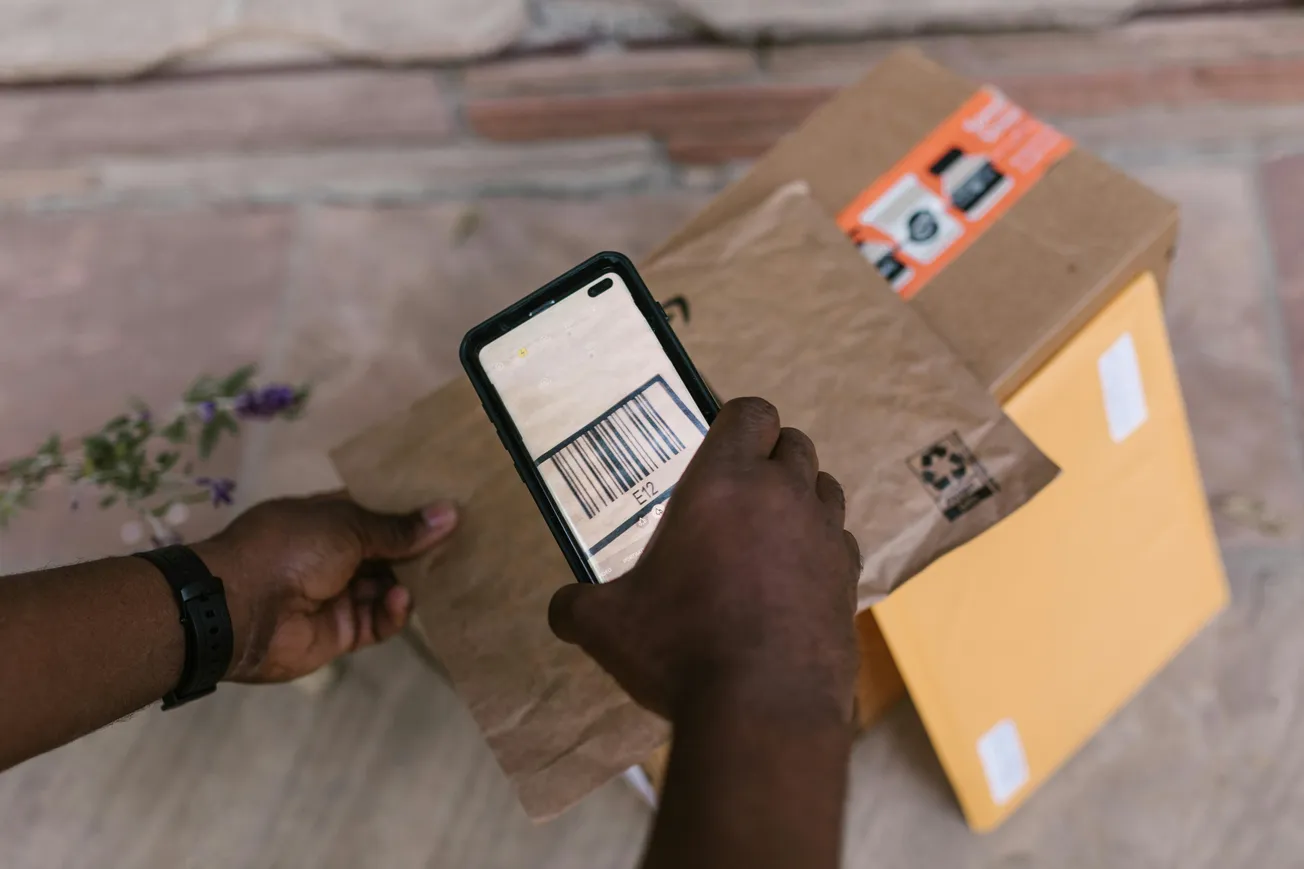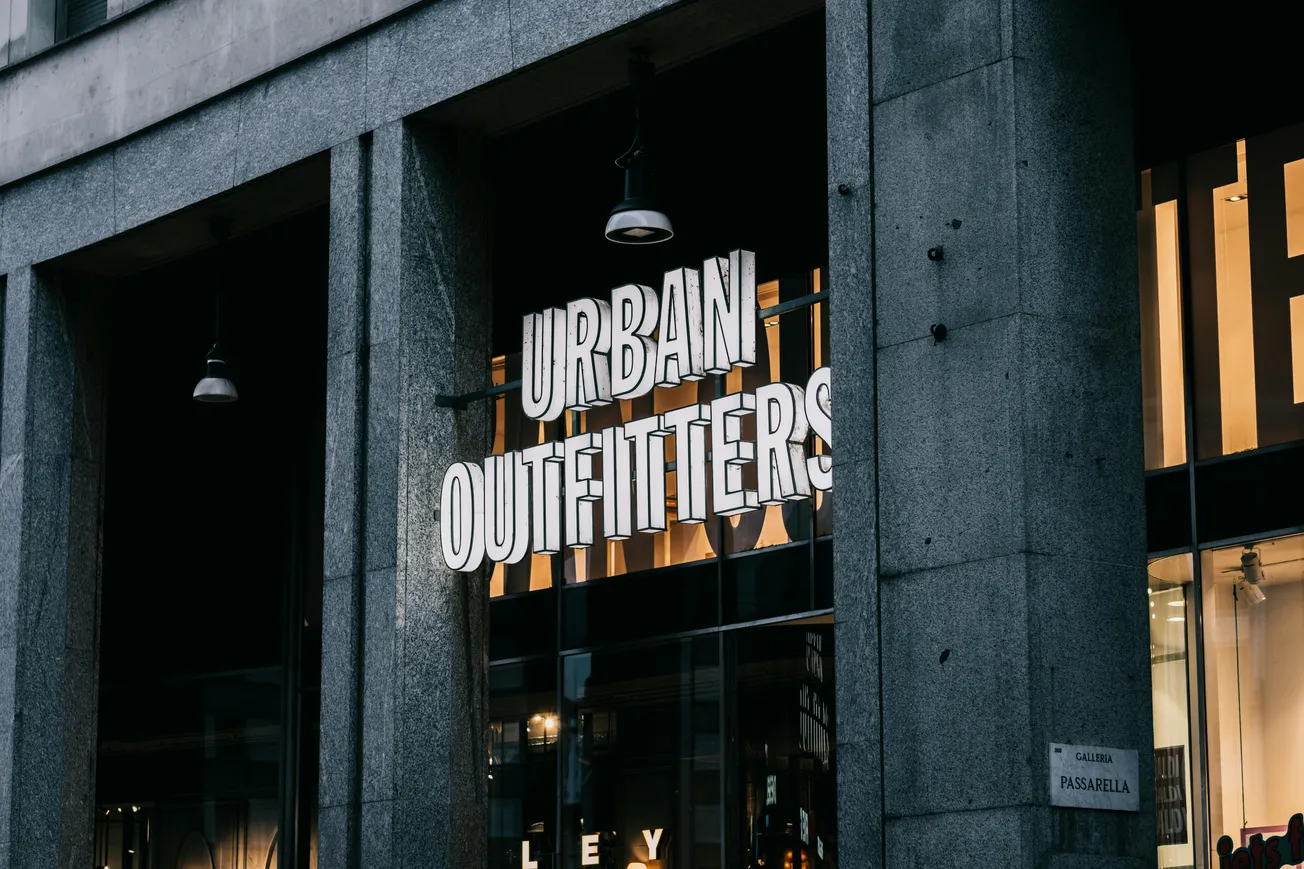Retail is changing fast, and 2026 will demand even more from brands trying to keep up.
Consumers now expect connected, convenient shopping experiences across every channel. For retailers, preparing an effective omnichannel strategy is no longer a “nice to have”—it’s a survival strategy.
Step One: Recognize Where Traditional Planning Falls Short
Many brands still rely on rigid systems that create team silos, delay decisions, and reduce visibility across operations.
When disruptions hit—whether in logistics, inventory, or demand—these systems buckle. In 2026, retailers will need speed, flexibility, and real-time insights to stay competitive.
Step Two: Adopt AI and Predictive Analytics Now
Retailers must start integrating predictive analytics and AI to make sense of growing data streams.
These tools surface patterns, forecast trends, and help optimize inventory and promotions before problems arise. Think of it as upgrading from spreadsheets to smart, automated decision-making.
Step Three: Build a Strategy That Delivers
To prepare for 2026, your omnichannel roadmap should include:
- Customer-Centric Goals: Define what seamless looks like for your audience.
- Integrated Systems: Ensure your digital, in-store, and logistics platforms share data.
- Cross-Functional Alignment: Unite marketing, ops, and store teams with shared KPIs.
- Flexible Fulfillment: Support BOPIS, same-day delivery, and last-mile tracking.
- Continuous Feedback Loops: Use customer data to refine every touchpoint.
Step Four: Bust the Myths Before They Slow You Down
- Myth: Omnichannel is just for large retailers.
Truth: Scalable tools now make this accessible to businesses of all sizes. - Myth: Technology alone will solve it.
Truth: Without process and cultural change, tech falls flat. - Myth: One-time setup is enough.
Truth: It’s an evolving strategy that requires ongoing investment and adaptation.
Looking Ahead
As 2026 approaches, the brands that will win are those already laying the groundwork today.
By modernizing planning, embracing data-driven tools, and rethinking how teams work together, you’ll be ready to meet consumers where they are—and where they’re going next.









